
Do You Sleep on Your Side? Here’s the Powerful Effect One Simple Change Can Have on Your Body
Sleep is one of the most vital functions for maintaining physical and mental health. While the amount and quality of sleep are often discussed, many people overlook the importance of sleep position. One of the most common sleeping positions is side-sleeping. While it is generally considered beneficial for spine alignment and reducing snoring, the way in which you sleep on your side can significantly affect your health. One simple change—switching the side you sleep on—can bring powerful effects to your body.
Most people have a dominant side they prefer when sleeping—either the left or the right. However, scientific research has shown that sleeping on your left side may offer more health benefits than sleeping on your right. This seemingly small adjustment can lead to improved digestion, better heart health, and even relief from certain chronic conditions.
One of the most important systems affected by sleep position is the digestive system. The human stomach and pancreas are located on the left side of the body. Sleeping on the left side allows gravity to help with the movement of waste through the colon. This position also helps the stomach and digestive enzymes to work more efficiently, which can ease symptoms of indigestion and acid reflux. People who suffer from heartburn or GERD (gastroesophageal reflux disease) may notice a significant reduction in symptoms simply by changing their sleeping side.
In addition to aiding digestion, sleeping on the left side is also beneficial for heart health. This position can reduce pressure on the heart by allowing gravity to help circulate blood more efficiently. For pregnant women, doctors often recommend sleeping on the left side to improve blood flow to the placenta and fetus. Even for those who are not pregnant, the left side position may help relieve stress on the heart, especially for individuals with cardiovascular conditions.
Another surprising benefit of left-side sleeping is its positive impact on the lymphatic system, which plays a key role in removing waste and toxins from the body. The thoracic duct, which is the largest lymphatic vessel in the body, is located on the left side. Sleeping on the left side can support better lymphatic drainage and detoxification, which in turn can strengthen the immune system.
If you’re a side-sleeper who usually sleeps on the right, making this simple switch might feel awkward at first. However, over time, your body can adapt. Using pillows to support your neck and hips can help make the transition more comfortable. A body pillow, for example, can prevent you from rolling over in your sleep and can help keep your spine aligned. It's also important to choose a mattress that provides enough support to maintain proper posture and relieve pressure points.
Of course, no one position works perfectly for everyone. People with certain conditions—such as sleep apnea or shoulder pain—might need to find what works best for their specific needs. However, for the majority of side sleepers, sleeping on the left side appears to be a simple and effective way to enhance health and well-being.
In conclusion, while most of us pay attention to how much we sleep, we often neglect how we sleep. If you’re already a side-sleeper, you’re on the right track—but if you want to unlock additional health benefits, consider switching to your left side. This small change may lead to noticeable improvements in digestion, circulation, and overall health. Sometimes, the most powerful transformations come from the simplest changes.
News in the same category


5 Unconventional Signs of Breast Cancer That You Must Know About

Low FT3 Levels Predict Risk for Nerve Damage in Diabetes
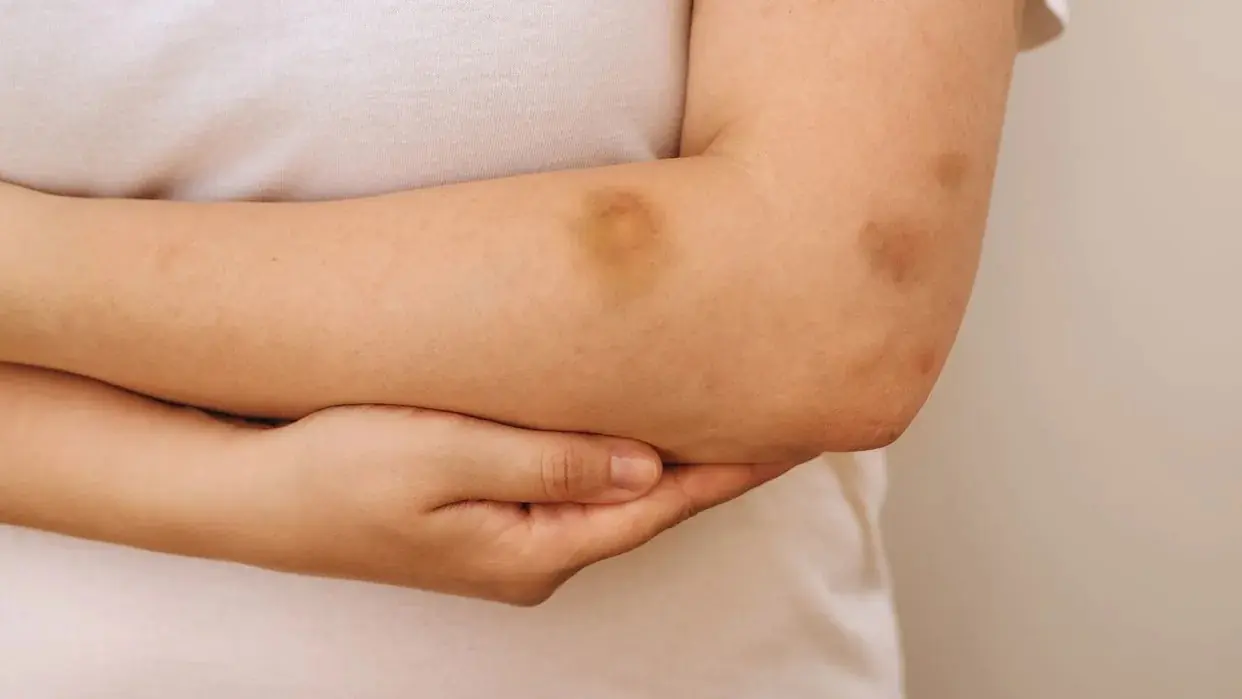
Doctors Urge: Don’t Ignore Unexplained Bruising — These Hidden Reasons Could Be the Cause

12 Urgent Warning Signs You’re Eating Too Much Sugar
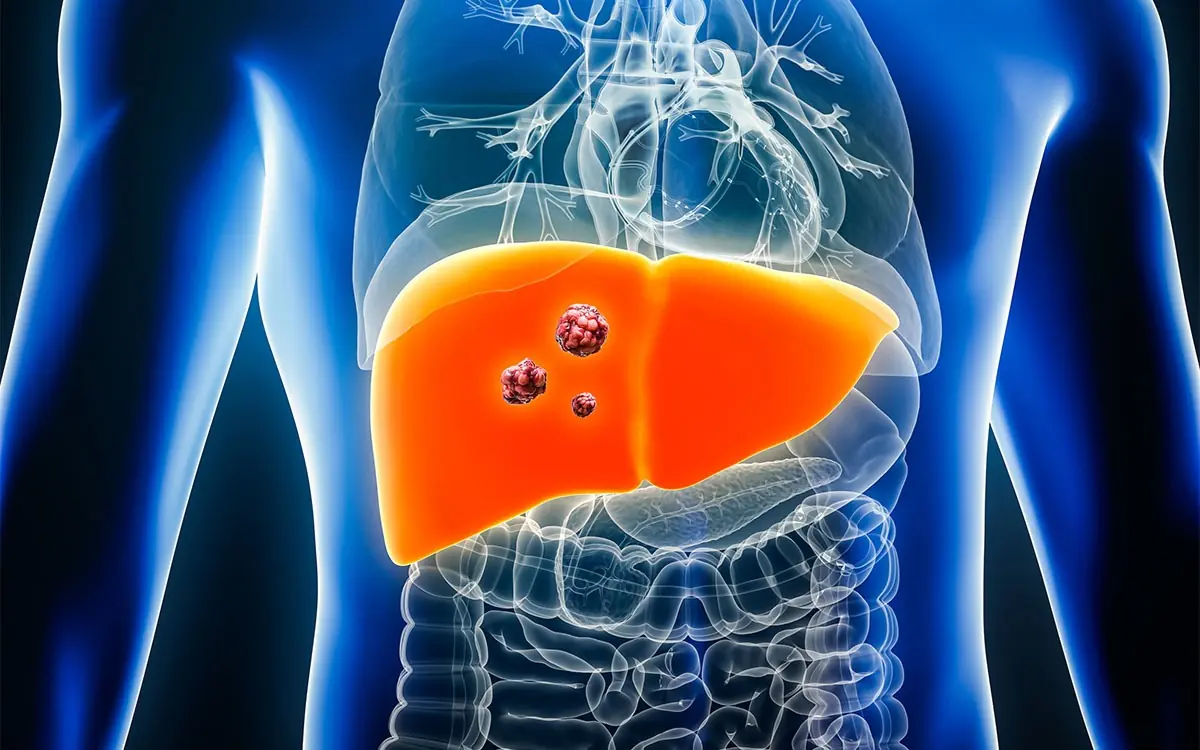
5 Common Habits Silently Destroying Your Liver (Most People Do Them!)

Where Do You Stand on the Sitting-Rising Test?

The Ultimate Guide to Marinating Fish
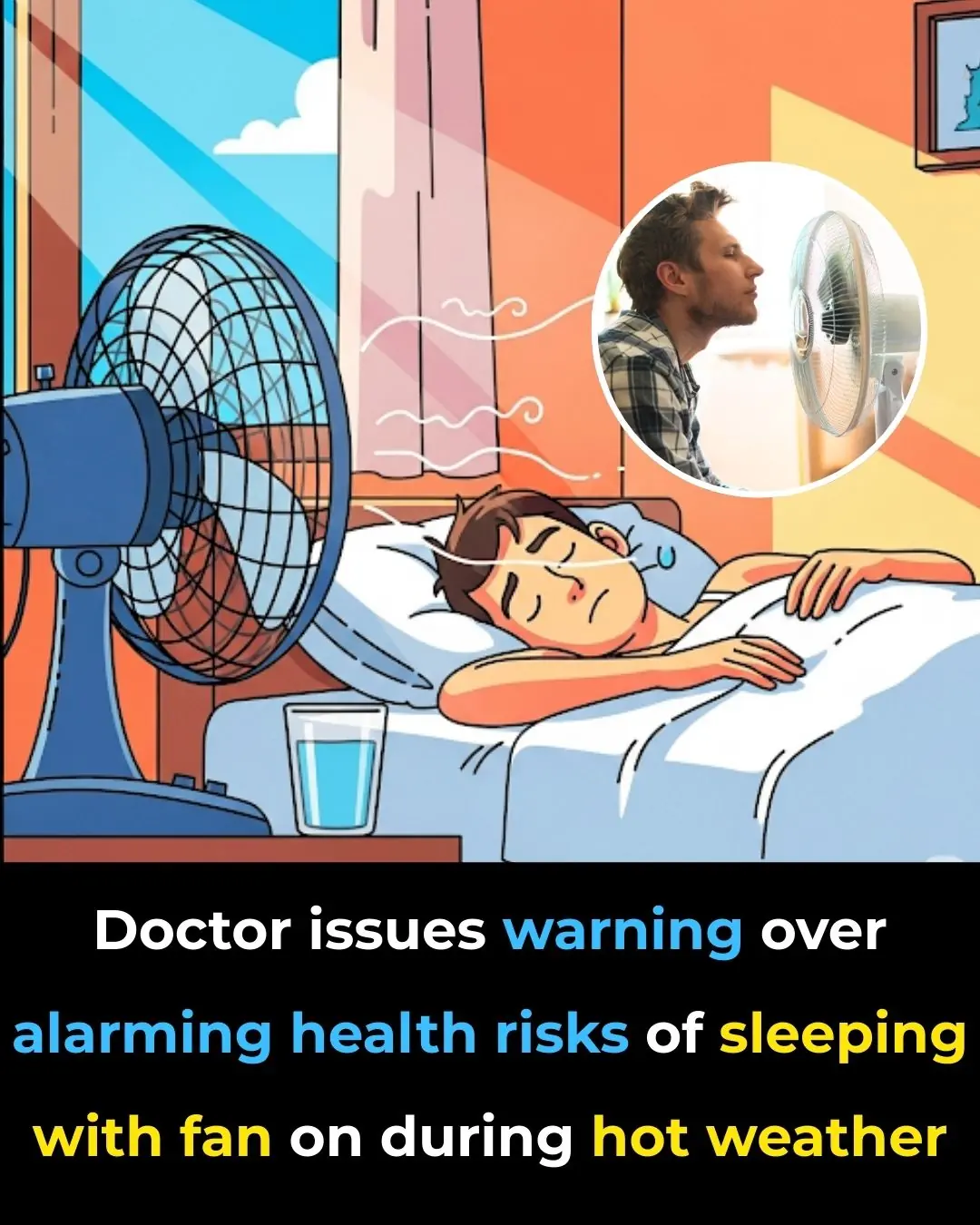
The Pros and Cons of Sleeping with a Fan On
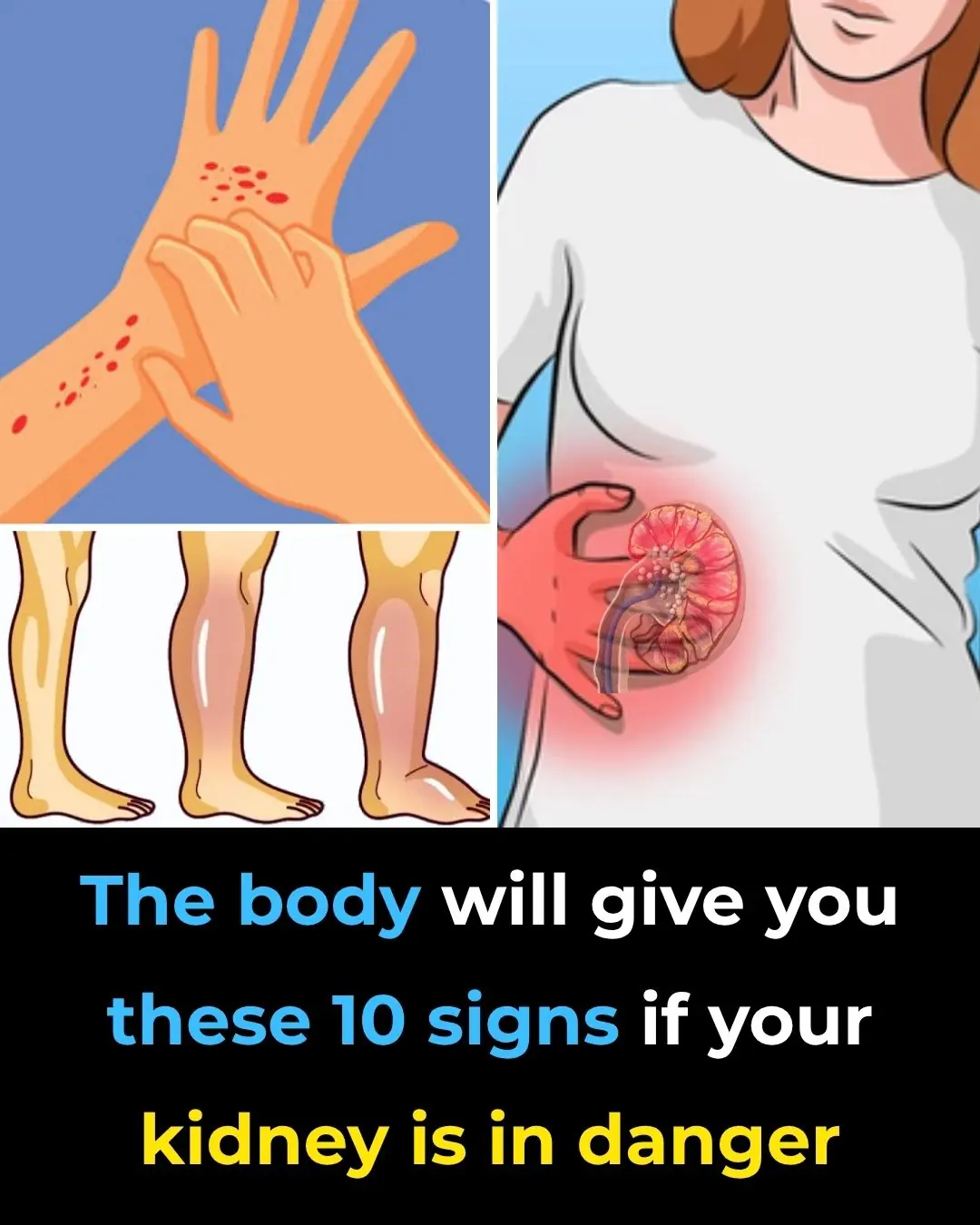
10 Symptoms of Kidney Disease

5 Potential Health Benefits of Macadamia Nuts

How to Exercise Safely When You Have Atrial Fibrillation
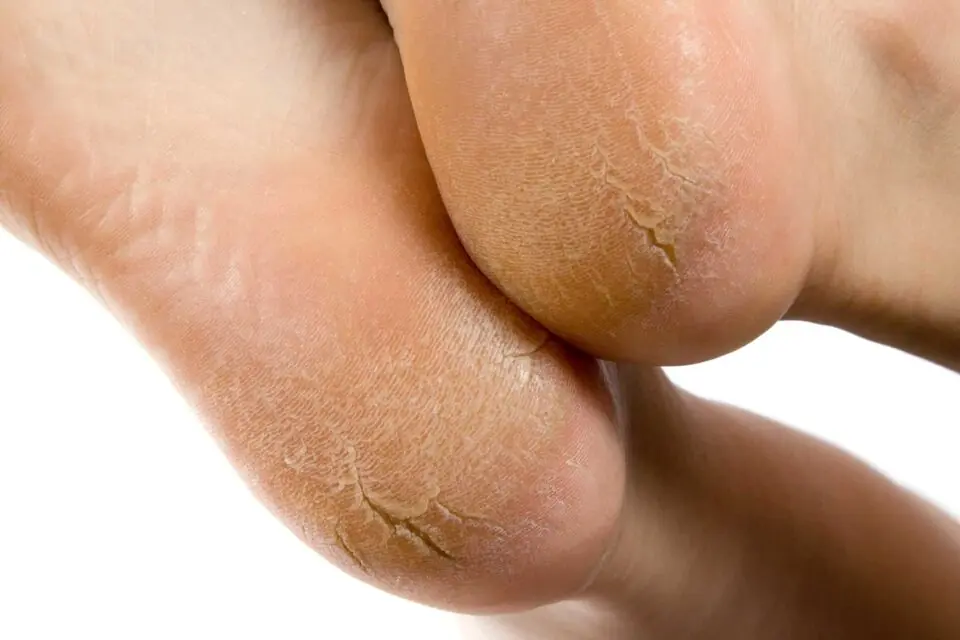
How to Get Rid of Dead Dry Skin on Feet
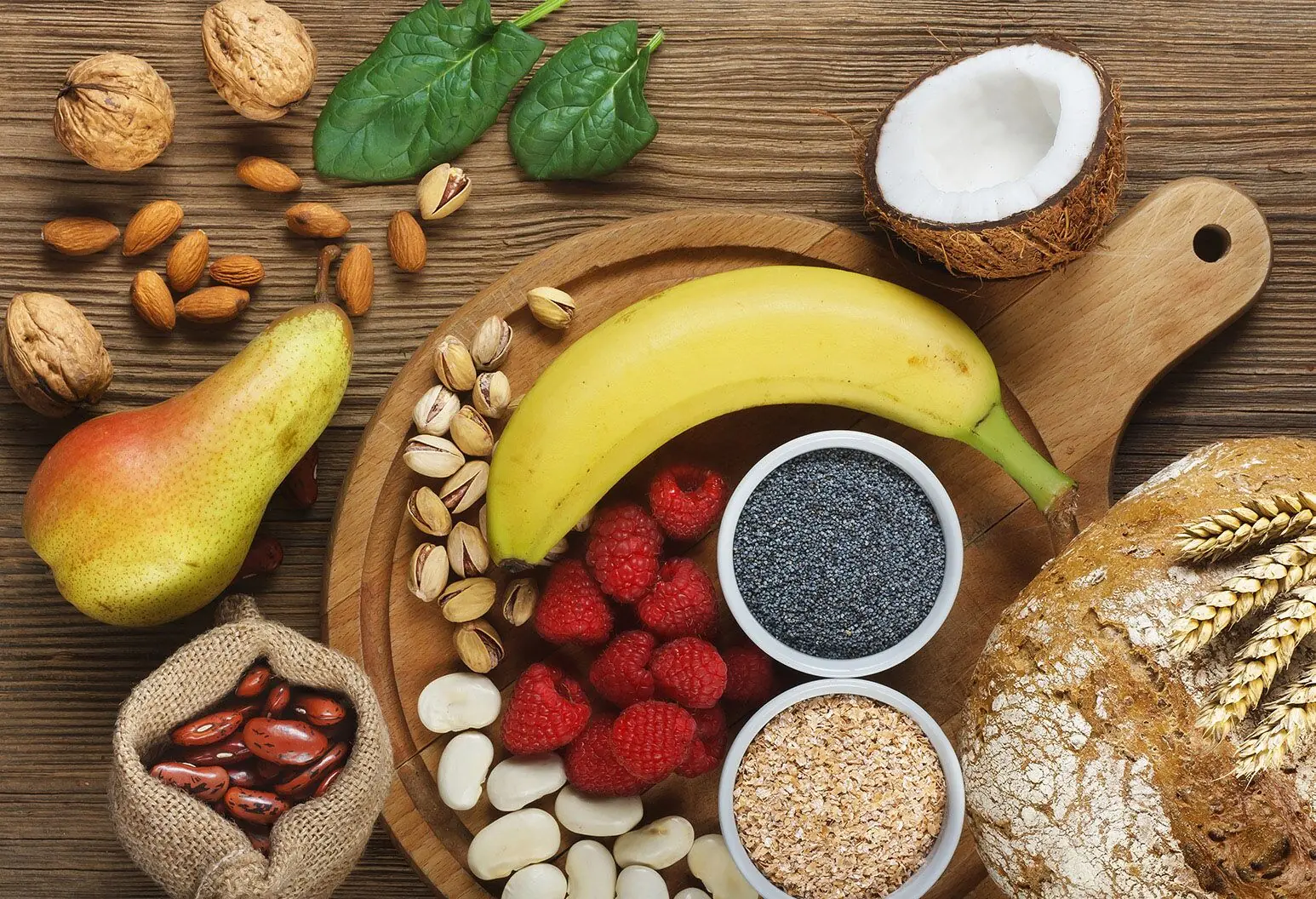
Foods to Eat if You Need to Poop – The Best Natural Laxatives

How to Make Onion Juice for Hair Growth & Strong Hair

3 Best Ways to Boil Sweet Potatoes for Maximum Flavor

Top 13 Inflammatory Foods You Should Avoid (Replace with These)

Why You Should Drink THIS Warm Turmeric Water In The Morning

14 Warning Signs of Low Magnesium Levels and What to Do About It (Science Based)

The Six Signs Of A Potassium Deficiency – And How To Fix It
News Post

14 Warning Signs of Low Magnesium Levels and What to Do About It (Science Based)

5 Unconventional Signs of Breast Cancer That You Must Know About

Low FT3 Levels Predict Risk for Nerve Damage in Diabetes

Doctors Urge: Don’t Ignore Unexplained Bruising — These Hidden Reasons Could Be the Cause

12 Urgent Warning Signs You’re Eating Too Much Sugar

5 Common Habits Silently Destroying Your Liver (Most People Do Them!)

Where Do You Stand on the Sitting-Rising Test?

The Ultimate Guide to Marinating Fish

The Pros and Cons of Sleeping with a Fan On

One Button, Big Savings: Cut Energy Costs with Every Wash

10 Symptoms of Kidney Disease

10 Types of Toxic Friends to Avoid

Index Finger Length: Personality and Fortune

5 Potential Health Benefits of Macadamia Nuts

How to Exercise Safely When You Have Atrial Fibrillation

How to Get Rid of Dead Dry Skin on Feet

Foods to Eat if You Need to Poop – The Best Natural Laxatives

How to Make Onion Juice for Hair Growth & Strong Hair

3 Best Ways to Boil Sweet Potatoes for Maximum Flavor
